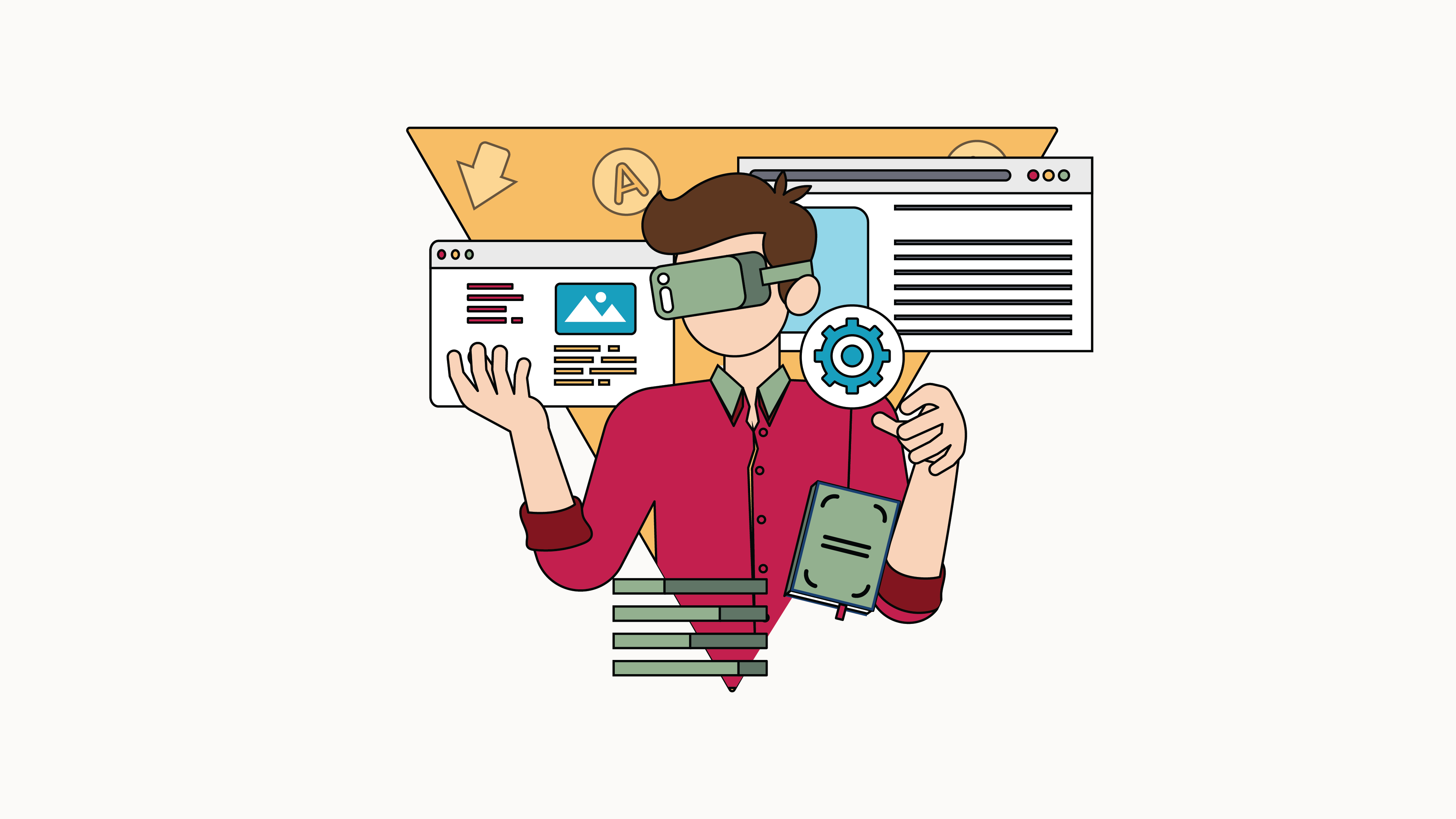Currently, virtual reality is very successful in several areas: sport, architecture, architecture, health, health, tourism, video games, etc. Educational applications based on virtual reality, which work according to a principle of Gamification, are beginning to arrive in the main markets, several companies have started the race. What is virtual reality? What are the impacts of elearning about apprenticeship? How can virtual reality improve digital learning?
Overview of virtual reality
Virtual reality or VR describes a three-dimensional environment, generated by the computer. It allows the user to interact and progress in a fictional environment.. This new technology can create an almost real world and is able to mimic a sensory experience as closely as possible such as sight, smell, hearing, and touch. Thus, it is in a position to reproduce the physical presence of a person in a specific environment. VR has the potential to push learning beyond the traditional online learning experience. It makes you think of Story-learning, but with an ultra-immersive environment, not just drawings.
Virtual reality generally has specific characteristics:
- Immersive: virtual reality offers a 360° environment with which the collaborator interacts.
- Computer-created: The VR world is generally created using complex 3D computer graphics. As a result, the virtual environment changes in real time, as the user moves.
- Realistic: the user has the impression of being transported into a virtual world thanks to what he hears and feels.
- Interactive: the person can interact with anything in this virtual environment. It can manipulate objects or perform a series of actions to determine what is happening in the area: open a door, press a button, etc. This is the most interesting feature of virtual reality.
There are 4 steps to follow to set up a virtual reality environment:
- Conception the training module according to the pedagogical objective;
- Achievement module scenarios corresponding to interactions;
- Creation virtual environment models;
- Programming.
Several tools are available for virtual reality, including virtual headsets such as Samsung Gear VR, HTC Vive, Oculus Rift, or Cardboard.
What you need to know about digital learning
E-learning or e-learning is generally done through the Internet. It takes place in the form of a series of courses accessible anytime and anywhere. It allows you to receive quality education identical to that received in person. Digital learning offers a number of advantages for employees who want to acquire new skills or educate themselves. Although many people still consider universities and schools to be the best way to learn, online learning is a great alternative or complementary tool, Who has a future in corporate training.
The main benefits of e-learning are:
- Variety programs and courses;
- No travel no move;
- Convenience and flexibility ;
- Results and feedback Immediate ;
- Access to best teachers ;
- Profitability.
There are many positive aspects to online education. However, many learners continue to choose classroom courses. Why? Because online education still has some weaknesses compared to face-to-face teaching. These obstacles are:
- Lack of accreditation;
- The need for self-discipline;
- Low retention and completion rates;
- Poor time management;
- Lack of the social aspect of regular classes.
Contribution of virtual reality to digital learning
E-learning has revolutionized learning thanks to numerous tools, but it still has several flaws. Combining it with virtual reality allows us to glimpse the future of training. Here are the potential benefits of this combination:
Virtual reality Accelerates training : rote learning can be significantly improved by running or visualizing education materials. It uses problem solving, decision making, and other elements to improve the learning experience. The use of this new technology is much more motivating for students thanks to the realistic training and exercises provided.
It also provides a safe learning environment. It's only natural for mistakes to happen during learning, and the use of simulations allows learners to evolve in a safe and controlled environment. So students can try different approaches and figure out for themselves what works best.
Virtual reality bridges the gap between theory and practice. Learners often assimilate theory into one textbook and practice into another. The interactive 3D environment provides a memorable experience by combining theory and practice..
Virtual reality makes it easy to assess complex learning. It can simulate a range of complex topics such as brain surgery, simplifying the learning process. Thus, it is possible to assess the learner's skills in a stressful situation, and the learner will develop more confidence.
Virtual reality engages learners actively. Each user has the opportunity to contribute via small groups. Learners take ownership of their material more easily and think critically about related questions.
Encouraging diversity is one of the benefits of virtual reality. As learners from all over the world, or at least in every corner of the company or other training location, can meet in the same virtual space with their avatar, diversity is there. Students learn to work with different collaborators as part of group activities., and get very different perspectives on topics taught in this class.
Virtual reality is innovative technology in the context of digital learning. It is already recognized for its many strengths, including increased engagement, better retention, and experiential learning. This simulation-based technology has the potential to revolutionize the way online training programs are delivered




